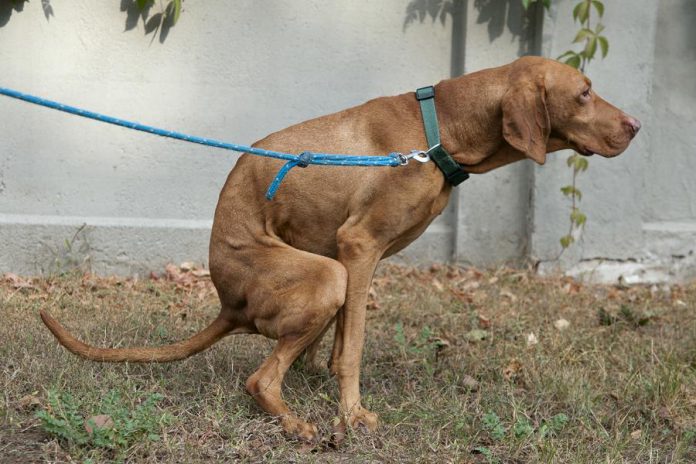
Anyone who owns a dog knows just how much work they can be. There’s the daily feeding, ensuring the water bowls are never empty, and of course making sure they get out for walks and have plenty of exercise.
I have three of them, and thankfully a large backyard for them to enjoy. On nice days in the summer they spend the entire day outside, splitting their time between soaking up the sun on the deck, lounging in the shade, and running around playing in the grass. One by-product of the dogs is the doggie-doo they produce in the run of the day.
Since I depend on a well for my water, the dogs have been trained to do their business in the very back of the yard, far from the well. They’re very good at sticking to one area, but now and then they slip up and I’ll find myself picking up their shortcomings.
For those who don’t live in a rural area or lack a large yard, you’re faced with a challenge: what to do with all that pet waste? Urban dog owners must carry bags with them when out for walks and many are left with the unpleasant task of cleaning up the backyard frequently.
Pet waste is far more toxic than human waste and contains many microbes like E. coli and parasitic worms. Every time it rains, runoff contaminated with pet waste and harmful pathogens finds its way into our lakes and rivers. Furthermore, high contents of nitrogen from pet waste can lead to an overgrowth of algae in bodies of water. The algae leeches oxygen from the water and reduces its availability for fish and other aquatic life.
When it comes to disposing of pet waste, it usually ends up with the regular household garbage and is sent straight to the landfill — but there are other options.
Numbers for the city of Hamilton indicate there are an estimated 36,000 to 90,000 dogs, which are capable of producing a whopping 12,000 to 30,000 pounds of waste every day in that city alone. Hamilton recommends that you flush that waste down the toilet so it can be treated or double bag it and throw it out with your garbage. Safely disposing of dog waste using these methods ensure that pathogens that can make humans very sick are kept in check.
While flushing seems like a quick and easy method to get rid of your pet waste, water treatment is an expensive process and adds volume to already hard-working sewage treatment facilities. Sending it to the landfill with your household garbage means all those plastic bags for your pet’s poop create excess waste and won’t break down in the landfill. [Editor’s note – to ensure you aren’t preserving your dog’s poop for study by future anthropologies, buy biodegradable poop bags that are available at most grocery and hardware stores.]
If you’re looking for another alternative, think about composting it. By building a pet waste composter, you will protect our fresh water supplies from contamination while saving valuable space in landfills.
Peterborough GreenUp – How to Make a Dog Waste Digester
Building a pet waste composter is an easy project that takes less than 30 minutes. Installing it is quick and easy too.
Before building your pet waste composter, think about the location. Keep it far from vegetable gardens, wells and in an area with good drainage.
To get started, simply drill many large holes all over the sides of a large plastic garbage can except for the top few inches that will be above ground. When choosing a garbage can, find one with a snap-on lid that closes tightly to keep pests out of your composter.
After you’ve drilled holes in the sides, cut off the bottom of the can using a reciprocating saw or another method. The holes in the sides and bottom will allow worms and other soil-dwelling critters to be able to get inside the composter and provide drainage.
The next step is to dig a hole to fit the garbage can. You’ll want it to stick up a few inches above the ground but not enough that any holes are visible that you drilled in the sides are visible. Place the garbage can in the hole and fill the gap between the edge of hole and the can with some of the remaining soil to secure it in place. The final step is to add some loose rocks to the bottom for drainage.
After your first deposits, it’s a good idea to add some septic starter and water to the composter. Septic starter can be found at most hardware stores and promotes the natural growth of bacteria, which help to break down the pet waste.


























